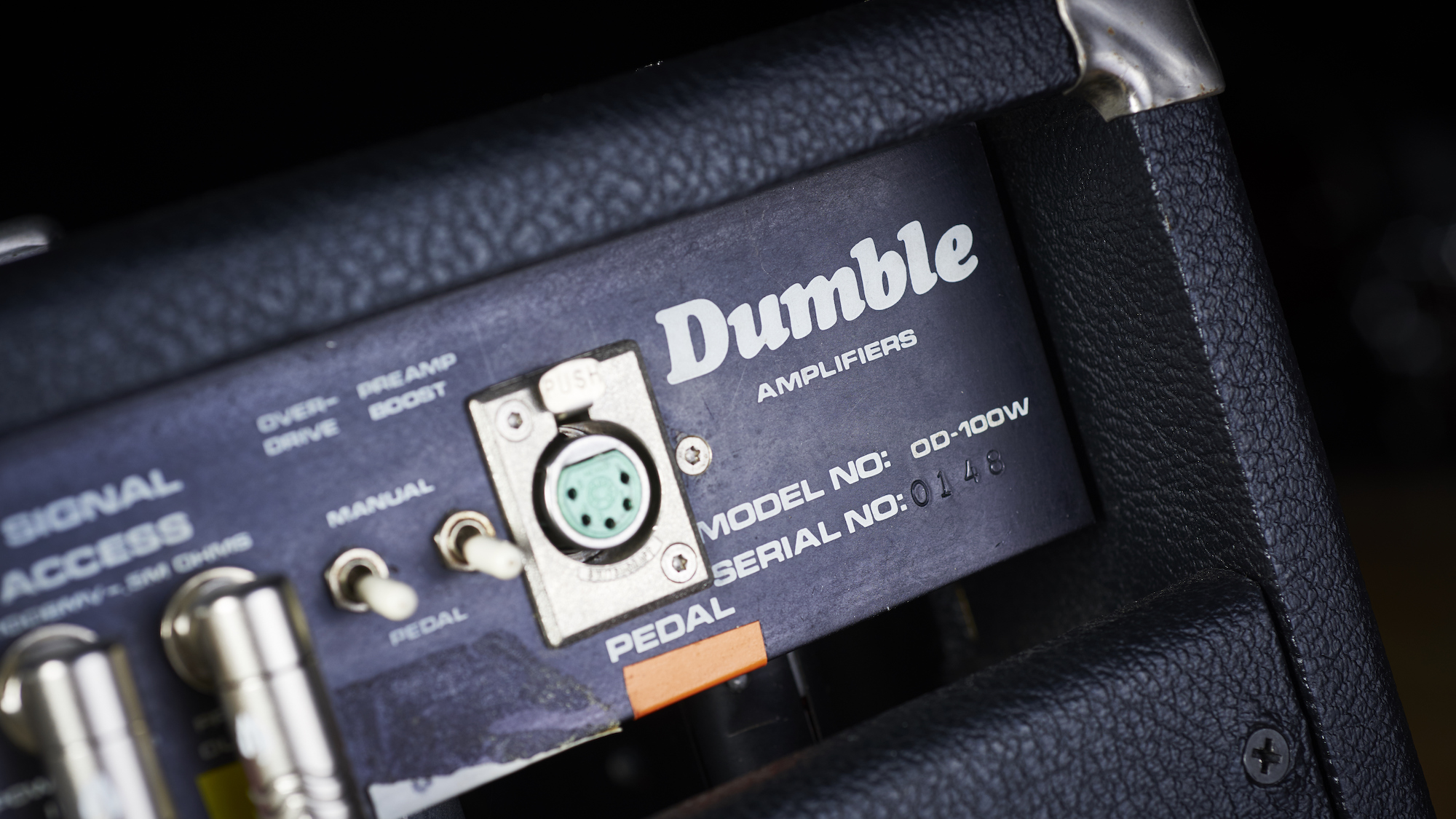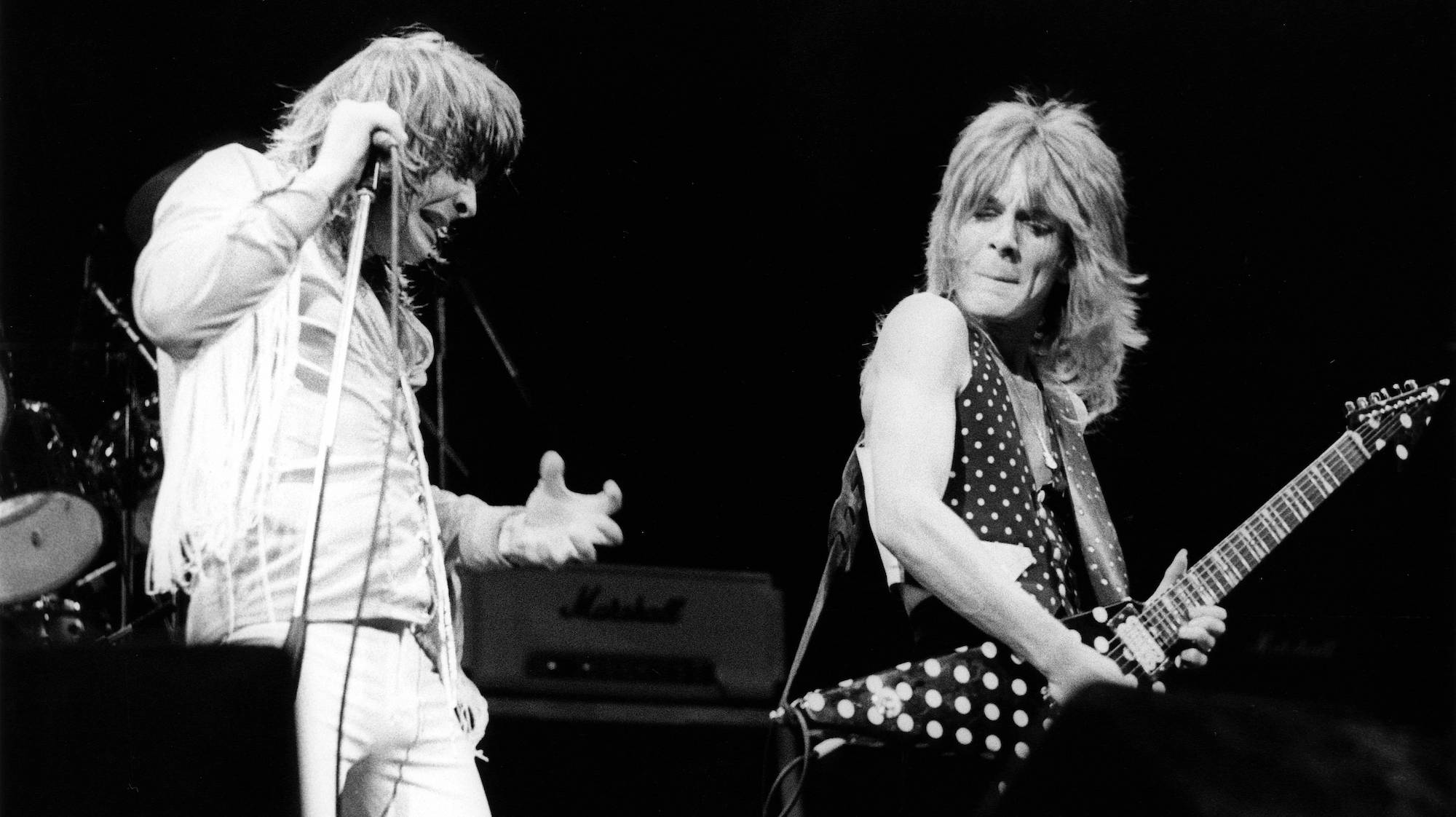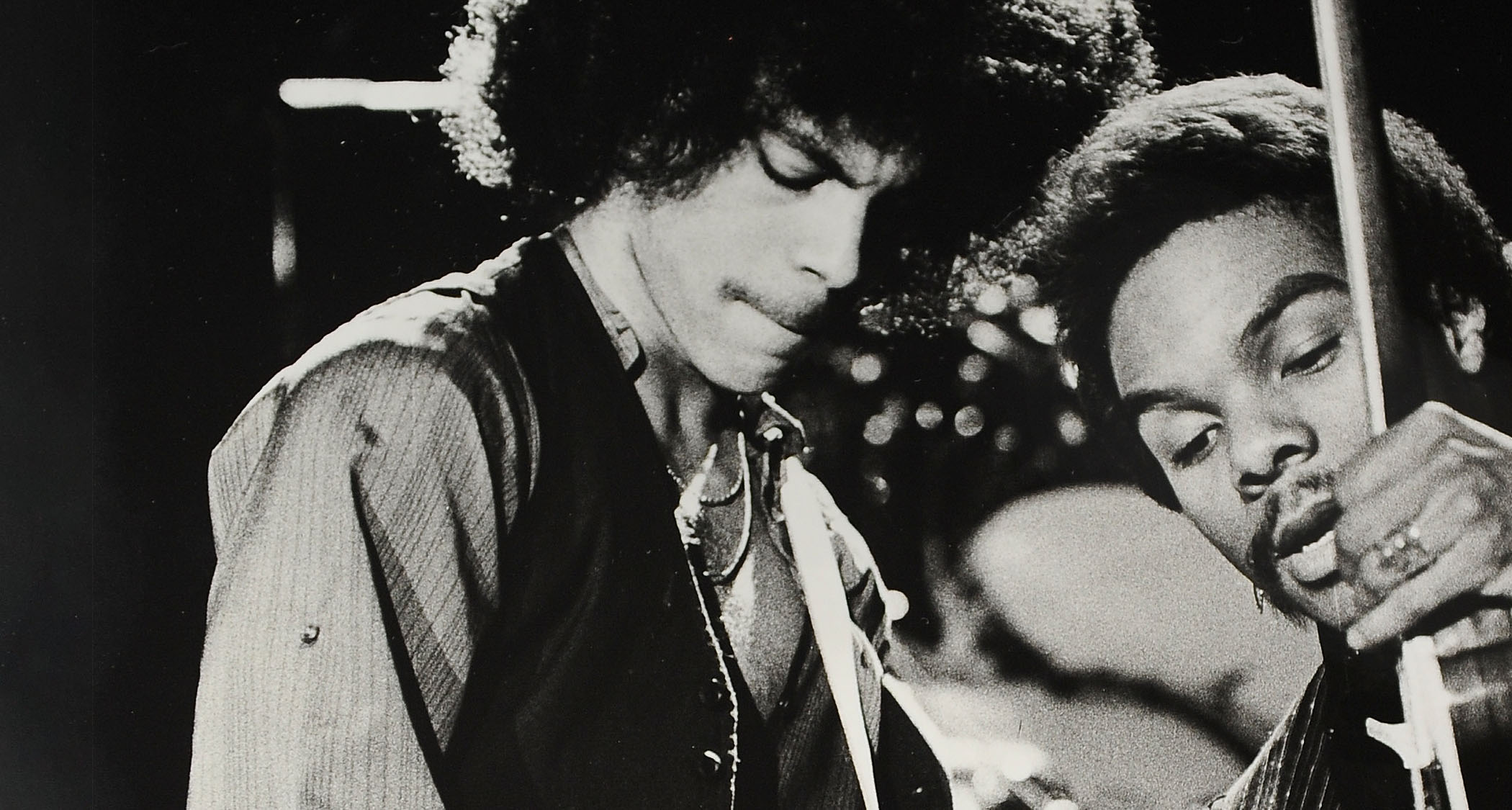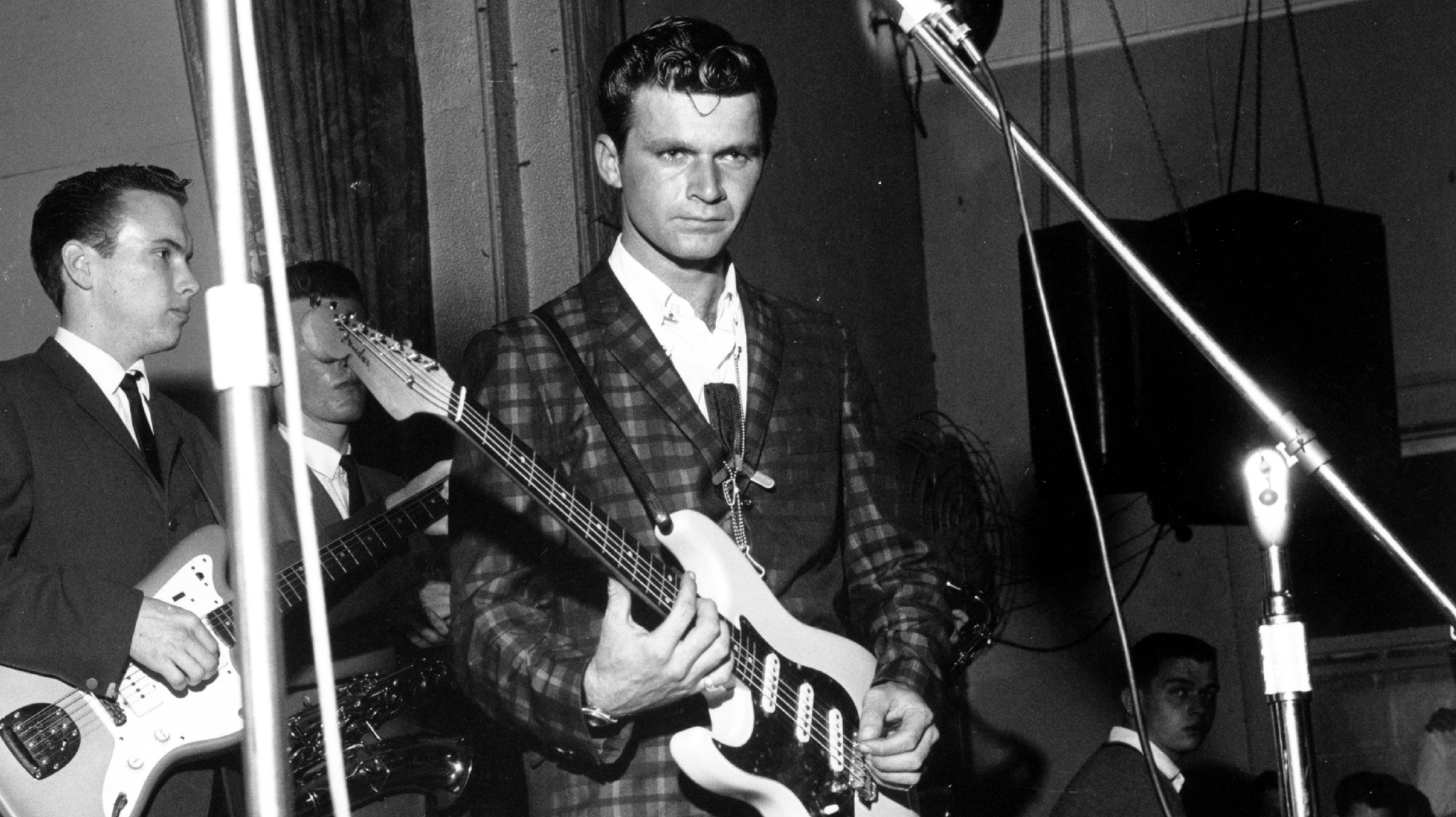“Among the most sought-after of all rhythm guitars… a power and projection unsurpassed by any other archtop”: Stromberg has made a long-awaited comeback, and we got our hands on its new Master 400 – a holy grail archtop with a price to match
The big-bodied archtop is a notorious powerhouse but its return – even at a hair under eight grand – has us tempted. Here's what the fuss is about...
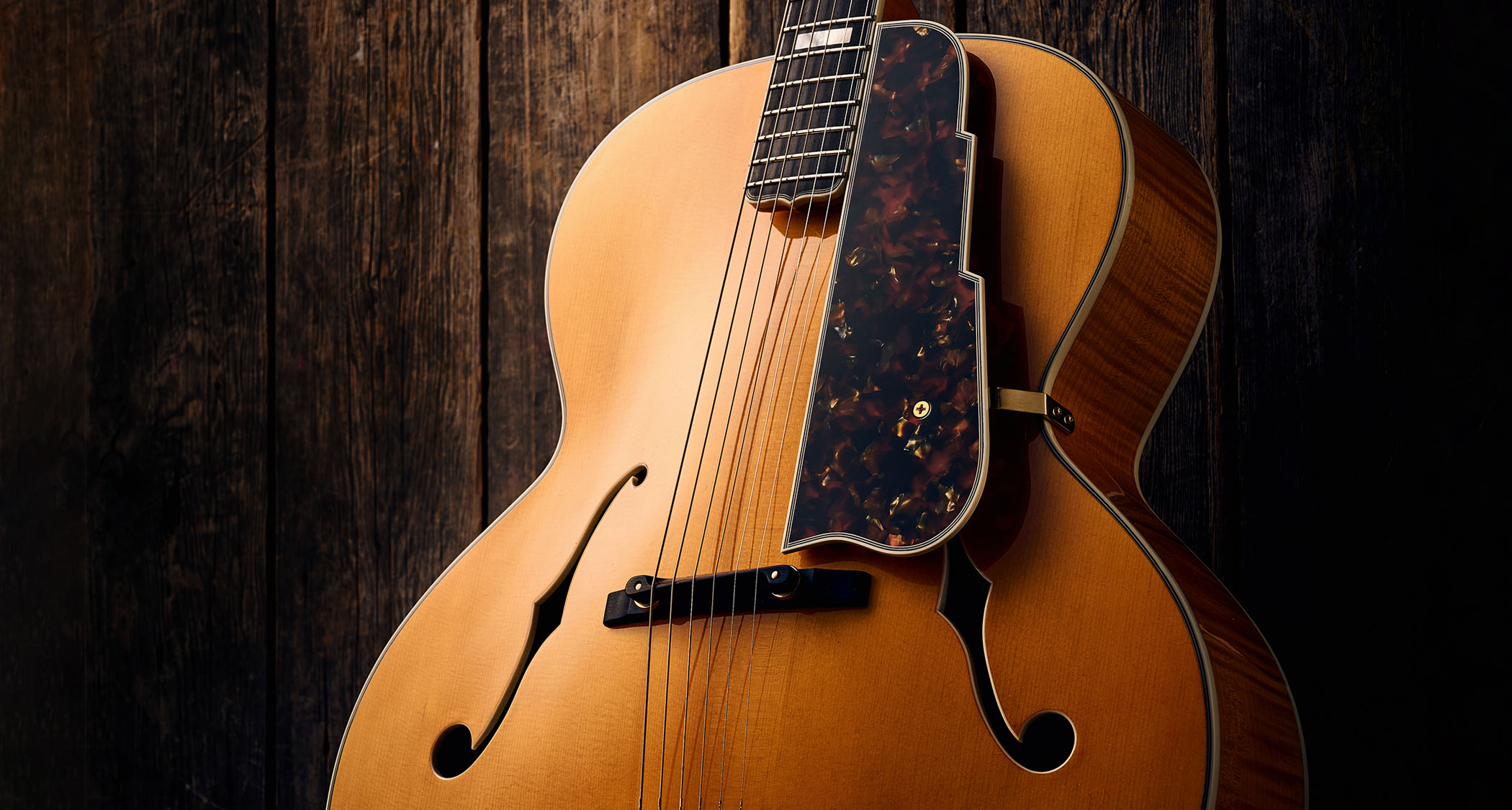
For a guitar brand that stopped making instruments 70 years ago, Stromberg is enjoying quite a revival. There have been a few attempts to resurrect the brand in those decades, but this new wave of Czech-built beauties are in a different league.
Along with our pictured Master 400 – Stromberg’s flagship acoustic archtop – there is also the Master 300 (£6,999), and both are very limited. As this year progresses we’ll also see the unlimited Hanover Series models (from £2k), which should broaden the appeal.
Charles A Stromberg, a Swedish immigrant, started his business in Boston in 1906 offering a range of instruments, including banjos and drums, although little is known about the size of his company.
His oldest son, Harry, worked with him until 1927; his younger son, Elmer, started in 1910. Stromberg built a reputation for finely crafted banjos and he began making carved-top guitars, possibly as early as 1927.
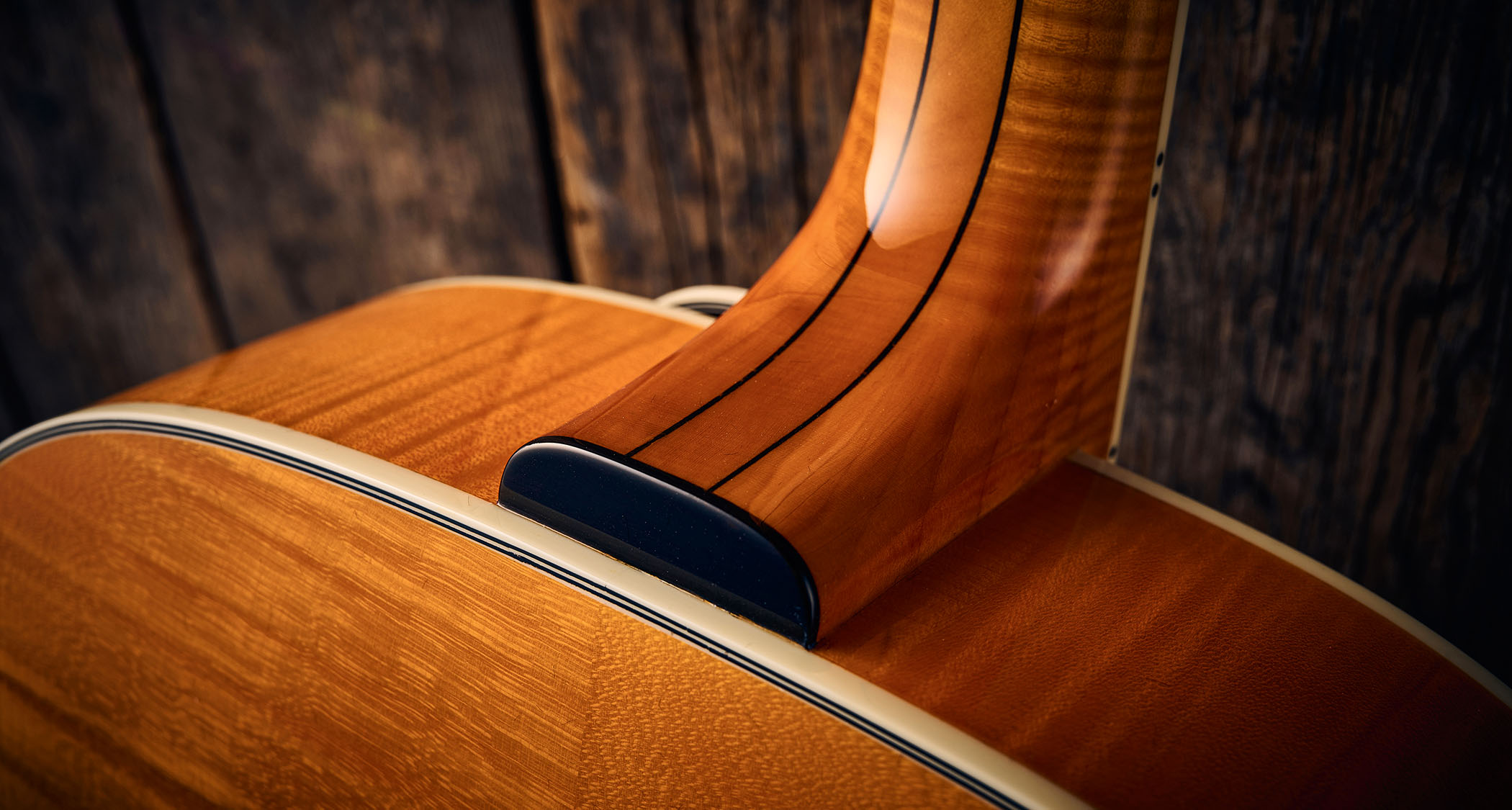
The instruments were based on a 16-inch body (406.4mm in today’s money) called the G series, reflecting the move from banjo to guitar by the leading players of the day.
Evidence based on surviving Stromberg models suggests that, although the serial numbers started at 300, some 636 guitars were made before both Charles and Elmer passed away in 1955 and the original Stromberg company ended.
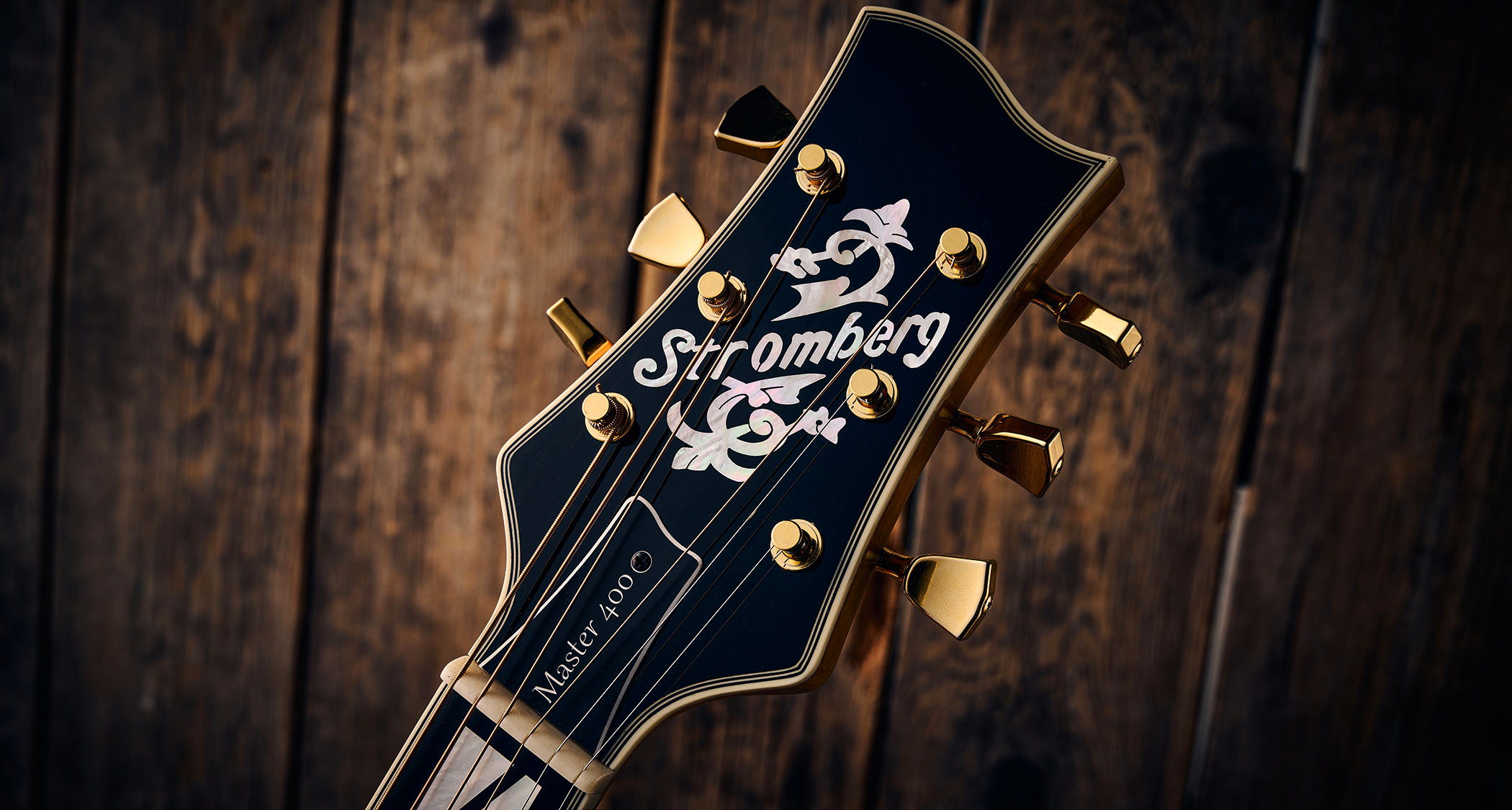
The later-period guitars were highly revered, as are surviving examples. Freddie Green, who joined Count Basie’s band in 1937, became known as ‘Mr Rhythm’ or “the most famous big-band guitarist of them all”, and by late 1940 he’s pictured with a blonde Stromberg Master 400 (which he only stopped using in the late ’50s after the death of Charles and Elmer resulted in a rise in value of the brand).
Get The Pick Newsletter
All the latest guitar news, interviews, lessons, reviews, deals and more, direct to your inbox!
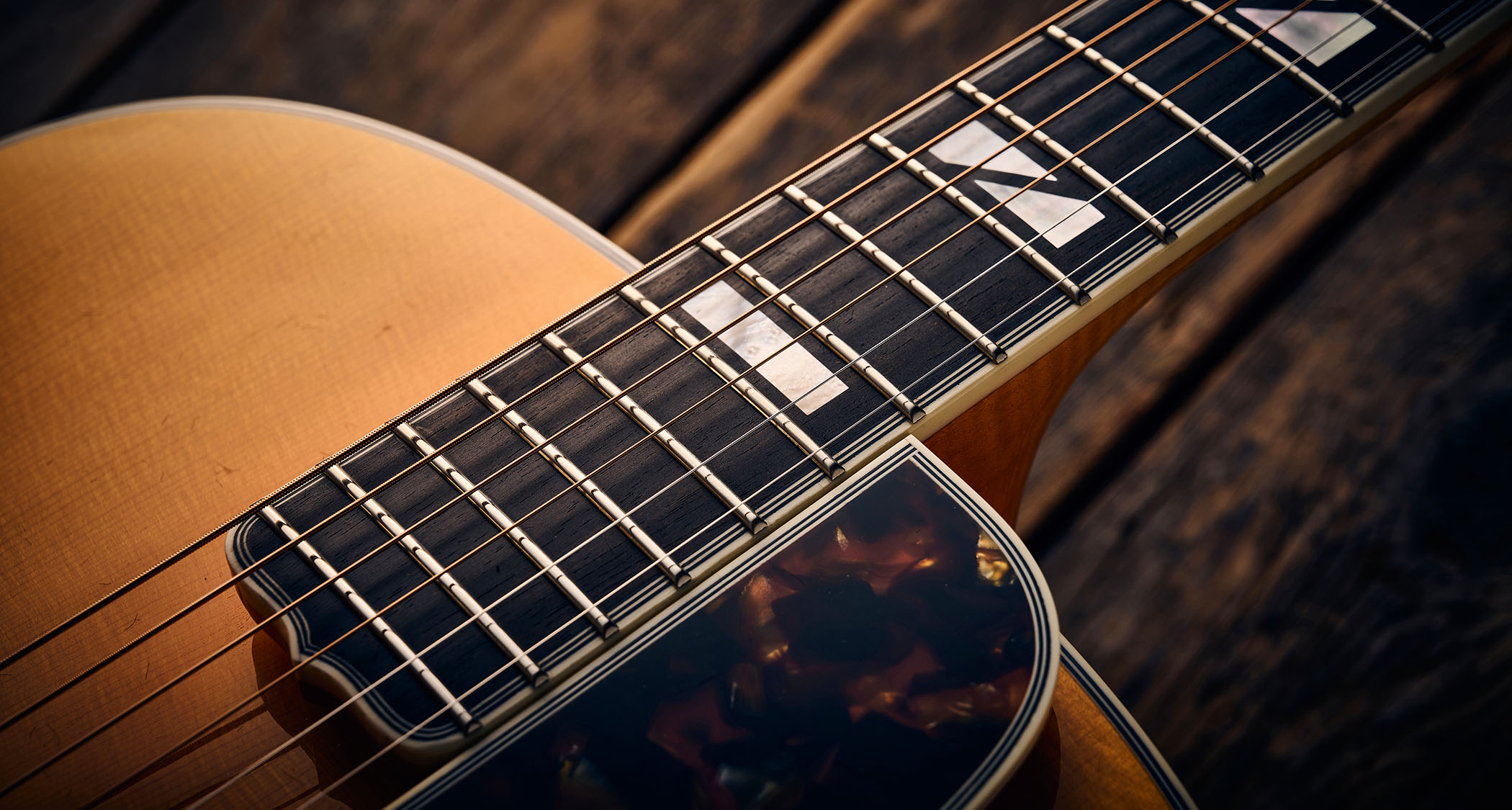
“These guitars are among the most sought-after of all rhythm guitars,” says George Gruhn, guitar historian. “[They] possess a sound of their own, epitomised by a power and projection unsurpassed by any other archtop acoustic.”
Guitarist’s Neville Marten says of the pictured Stromberg: “It’s a big bold blonde with tons of power in the bass but plenty of typical archtop treble to cut through the band.
“You’ll not be playing second fiddle to anyone with this fabulous beast in your hands. Sit with it for five minutes, look at the clock and an hour’s gone before you know it.”
- Contact: Stromberg Guitars
- This article first appeared in Guitarist. Subscribe and save.

Dave Burrluck is one of the world’s most experienced guitar journalists, who started writing back in the '80s for International Musician and Recording World, co-founded The Guitar Magazine and has been the Gear Reviews Editor of Guitarist magazine for the past two decades. Along the way, Dave has been the sole author of The PRS Guitar Book and The Player's Guide to Guitar Maintenance as well as contributing to numerous other books on the electric guitar. Dave is an active gigging and recording musician and still finds time to make, repair and mod guitars, not least for Guitarist’s The Mod Squad.
You must confirm your public display name before commenting
Please logout and then login again, you will then be prompted to enter your display name.
The heaviest acoustic guitar ever made? Two budding builders craft an acoustic entirely from concrete because they “thought the idea was really funny”
“For years, the only 12-string acoustics I got my hands on, the necks always pulled off after a bit. I earned a lot of money replacing them!” Why one of the UK’s most prolific luthiers is a bolt-on acoustic die-hard

